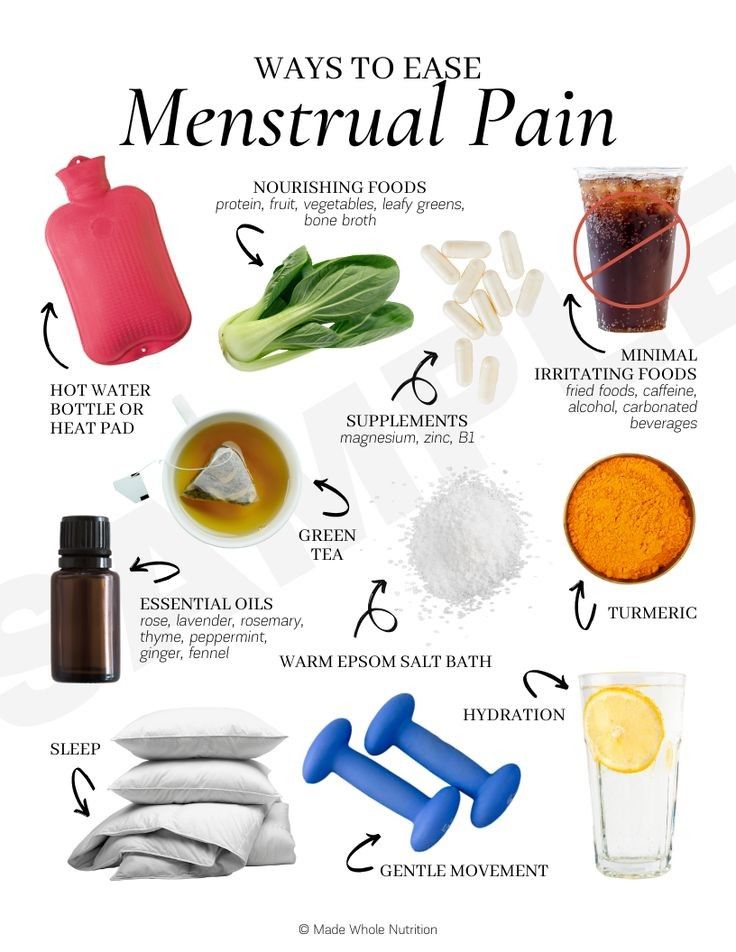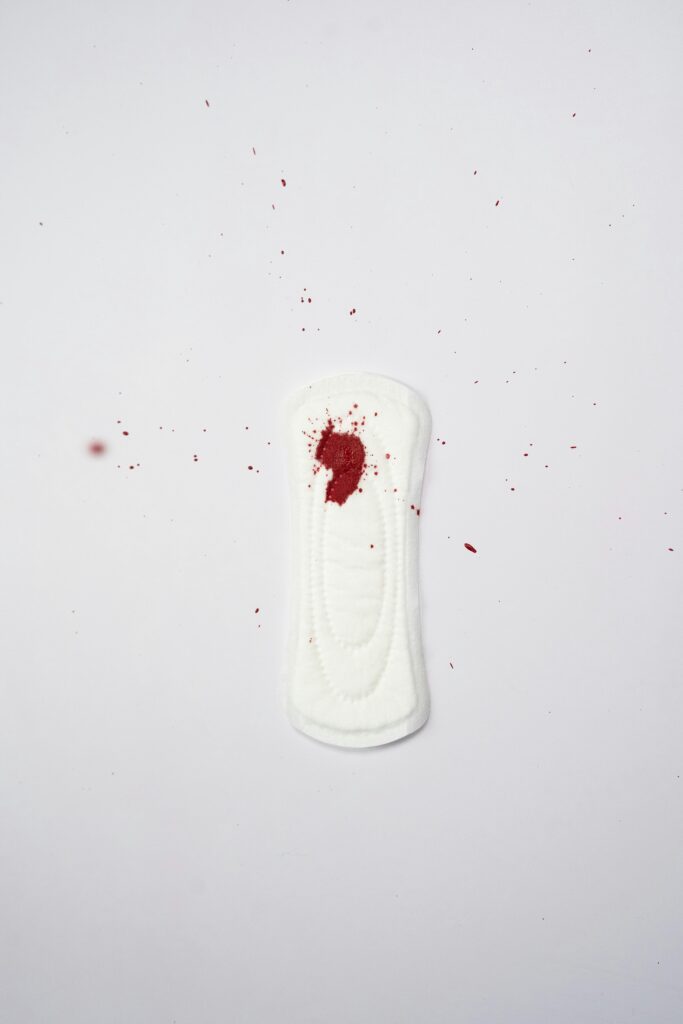Period stains are one of the most common and sometimes stressful issues people experience during their menstrual cycle. Whether it’s an unexpected leak, a missed tampon change, or just a case of bad timing, period stains can feel embarrassing and inconvenient. However, handling period stains doesn’t have to be a nightmare. With the right knowledge and tools, you can deal with these situations confidently and efficiently. In this article, we’ll cover practical tips and tricks to manage period stains, from preventing them to cleaning them up when they happen. 1. Preventing Period Stains: Preparation is Key The best way to handle period stains is to prevent them from happening in the first place. Prevention starts with proper planning and choosing the right menstrual products for your flow. A. Use the Right Absorbency for Your Flow Always choose a tampon, pad, or menstrual cup that is suited for your flow. Using the right absorbency can prevent leaks. If you have a heavy flow, opt for products labeled “super” or “overnight,” and if your flow is lighter, use a regular absorbency. Don’t wait too long to change your products, especially on heavy days. B. Double Up for Extra Protection If you have a heavy flow, it’s a good idea to use two forms of protection. For example, you can use a tampon or menstrual cup along with a pad or pantyliner for added security, especially overnight or during physical activity. C. Keep Extra Supplies Handy Always carry an extra tampon, pad, or pantyliner in your purse, backpack, or desk drawer for emergencies. Having these on hand can prevent last-minute panics if you start your period unexpectedly. D. Dress Smartly Wear darker clothing during your period, especially on the first few days when your flow is usually heaviest. Dark colors, like black or navy, are less likely to show stains if an accident occurs. Additionally, consider wearing underwear designed for menstruation that provides extra absorbency, offering peace of mind. 2. What to Do When a Period Stain Happens Despite all the preparation, sometimes period stains are inevitable. Here are the steps to take when you find yourself dealing with a period stain, whether it’s on your clothes, bedding, or furniture. A. Stay Calm and Assess the Situation The first step is to remain calm. Period stains happen to everyone, and they don’t need to be a cause for embarrassment. Whether it’s a small spot or a large stain, there are practical solutions to handle the situation. Don’t panic! B. Act Quickly The sooner you treat a stain, the easier it will be to remove. Fresh stains are much easier to deal with than old, dried ones. As soon as you notice a stain, try to act within 10 to 15 minutes if possible. C. Rinse with Cold Water For clothing or bedding, rinse the stained area with cold water as soon as possible. Cold water helps prevent the blood from setting into the fabric, which can make it much harder to remove later. Avoid using hot water, as it can cause the stain to become permanent. 3. Cleaning Techniques for Period Stains Once you’ve rinsed the stained area, it’s time to treat the stain. There are several cleaning methods you can use depending on the type of fabric and how much time you have. A. Use Soap or Detergent For small stains, applying a small amount of soap or laundry detergent directly to the stain can be effective. Gently rub the soap into the fabric and let it sit for 5 to 10 minutes before rinsing it out. You can use hand soap, dish soap, or laundry detergent for this purpose. B. Try a Stain Remover If the stain is stubborn or has dried, you may need to use a commercial stain remover. Products designed to break down proteins (like blood) are particularly effective. Apply the stain remover to the area and follow the instructions on the label. C. Use Baking Soda and Water If you don’t have access to stain removers or detergents, you can make your own paste by mixing baking soda and cold water. Apply the paste to the stain and let it sit for 15 to 30 minutes. Then rinse with cold water. Baking soda is mildly abrasive and helps lift stains from fabrics. D. Use Salt for Dried Stains For older stains or ones that have dried, sprinkle some salt on the stained area. Salt helps break down the blood and lift the stain from the fabric. Add cold water and let it sit for about 30 minutes before rinsing. 4. How to Prevent Period Stains While Sleeping One of the trickiest times to avoid period stains is at night when you’re lying down. Here are some ways to minimize the risk of leaks while sleeping. A. Use Overnight Products Many brands offer overnight pads or super-absorbent tampons designed for extended wear. These products provide extra protection and are larger or more absorbent to handle heavier flows throughout the night. B. Sleep with a Pad and Tampon For added security, consider using both a tampon and a pad overnight. The tampon provides internal protection, while the pad catches any leaks. C. Try Period-Proof Underwear Period-proof underwear has become increasingly popular for overnight use. These underwear are designed with extra absorbent layers that can handle leaks and keep you feeling dry while you sleep. D. Sleep on a Towel If you’re concerned about leaks, especially if your period is heavy, consider placing a towel on your bed. This extra layer will absorb any leaks and protect your bedding. 5. Handling Period Stains When Out and About If you’re out in public or at work, period stains can be even more inconvenient. However, there are a few strategies that can help you manage the situation with confidence. A. Keep a Stain Removal Kit in Your Bag To be prepared for any period emergency, carry a small stain removal kit in your bag. Include items like hand sanitizer, stain wipes,


